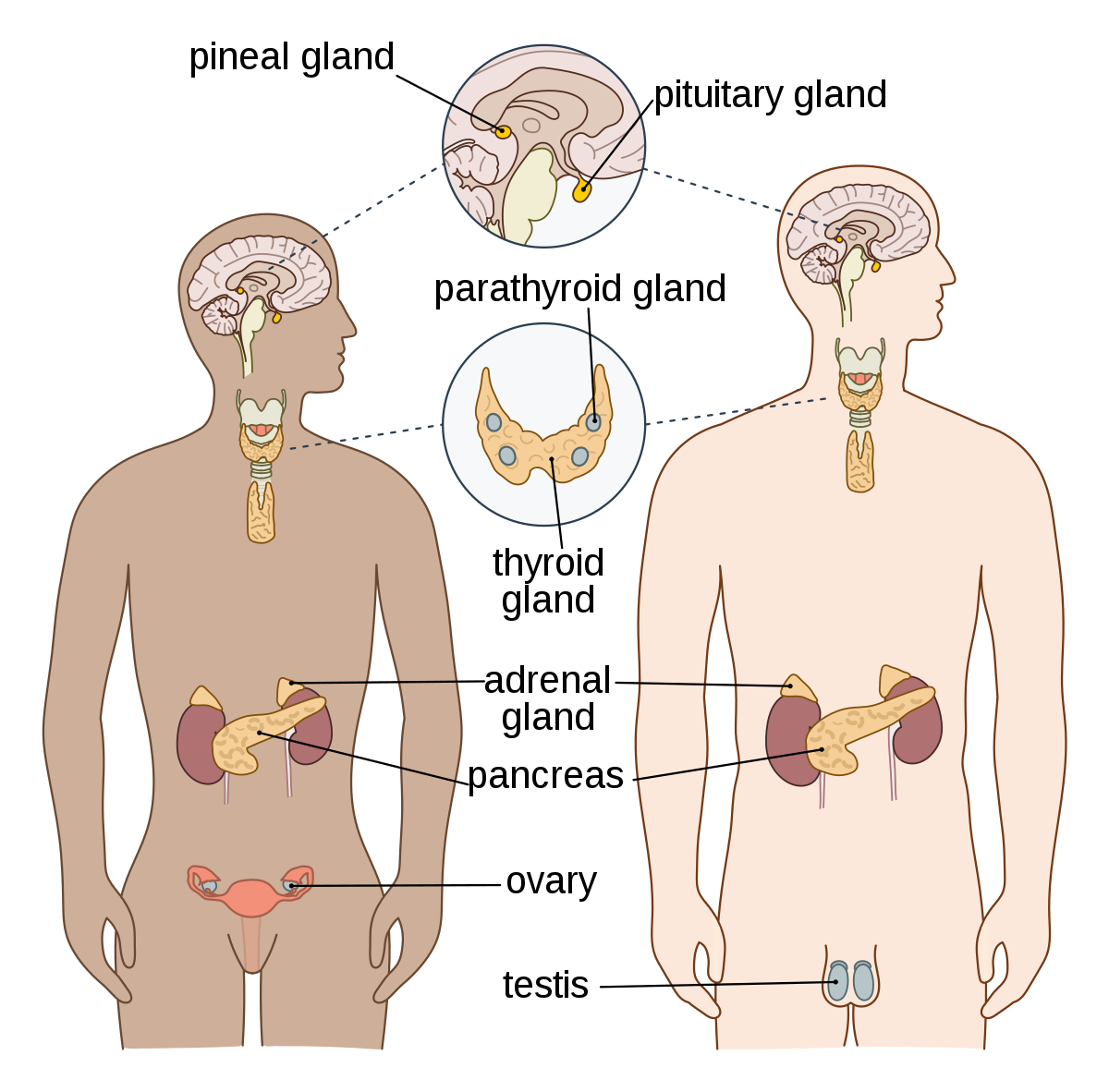Intro to endocrinology, hormones and receptors, and negative feedback control
1/23
There's no tags or description
Looks like no tags are added yet.
Name | Mastery | Learn | Test | Matching | Spaced |
|---|
No study sessions yet.
24 Terms
hormone
a chemical substance is released by a specific type of cell into the bloodstream to act on distant target cells
homeostasis
secretion of a hormone is triggered by a change in internal environment to stabilize or maintain the status quo and bring about __
nervism
pavlov theory of __
until the early 20th century, pavlov’s theory that all physiological functions were controlled by nerves was accepted

Brown-sequard
in 1855, thomas addison in london described 11 patients with weakness, tiredness, weight loss, anemia, “feebleness of the heart” and bronzed skin; at autopsy their adrenal glands were diseased bilaterally
in paris, ___ ___ was intrigued. in the laboratory he excised both adrenal glands in several species of small animals and observed that they were essential to life, and that death was not due to hemorrhage, infection, or damage to neighboring structures. he then showed that adrenalectomized animals could be kept alive with blood transfusions from normal animals
later reported to societe de biologie in paris
experiments in which he had injected himself subcutaneously on 10 occasions over a 3-week period with testicular extracts derived from dogs and guinea-pigs, in an attempt to counter the effects of aging
claimed that subjective improvements in mental concentration, physical strength and endurance, bowel habits, and urinary system
within 2 years, the successful treatment of hypothyroidism by subcutaneous injections of thyroid extract was reported
bayliss and starling
in 1902
observed that acidification of the duodenum of a dog resulted in copious bicarbonate secretion from the pancreas, even though all nerves connections were severed
theorized that a substance was released into the bloodstream to stimulate the pancreas and made extracts of intestine and injected them to mimic the effect
named the substance secretin and coined the word “hormone” from the Greek “I arouse to activity”
functions of hormones
metabolism
cardiovascular function
cell division
cell differentiation
body growth and maturation
body mass
reproduction
behavior
endocrine system

enteroendocrine cells
gastrointestinal hormones
renal cells
secrete erythropoietin for RBC production
cardiac cells
atrial natriuretic hormone
endothelial cells
endothelin, nitric oxide
lymphocytes
interleukins, interferons
adipose cells
leptin, resistin
placental cells
multiple hormones
*
similarities in function of different types of regulators (hormones, neurotransmitters, growth factors, and immune system cytokines:
similar receptors
similar intracellular messengers
feedback regulation
similar intracellular functions
similar substances work as agonists
amines
thyroxine and epinephrine
polypeptides and proteins
insulin and growth hormone
steroids
cortisol and estradiol
*
secretion of thyroid and steroid hormones:
compartmentalized in the cell but not in secretory granules
once the hormones have appeared in free form within the cytoplasm, they diffuse from the cell
response of a hormone depends on
hormone conc
receptor number
duration of exposure
intervals between consecutive exposures
cell conditions: conc of rate-limiting enzymes, cofactors or substrates
concurrent effects of antagonistic or synergistic (work together to produce a stronger effect) hormones
all or none
hormonal effects are not “____” phenomena
basal
intrinsic __ activity usually exists
threshold
a minimal ___ level of hormone is usually required to elicit a response
saturating concentrations of hormone define the maximal response
sensitivity
concentration for half-maximal response defines the ___ of target cell